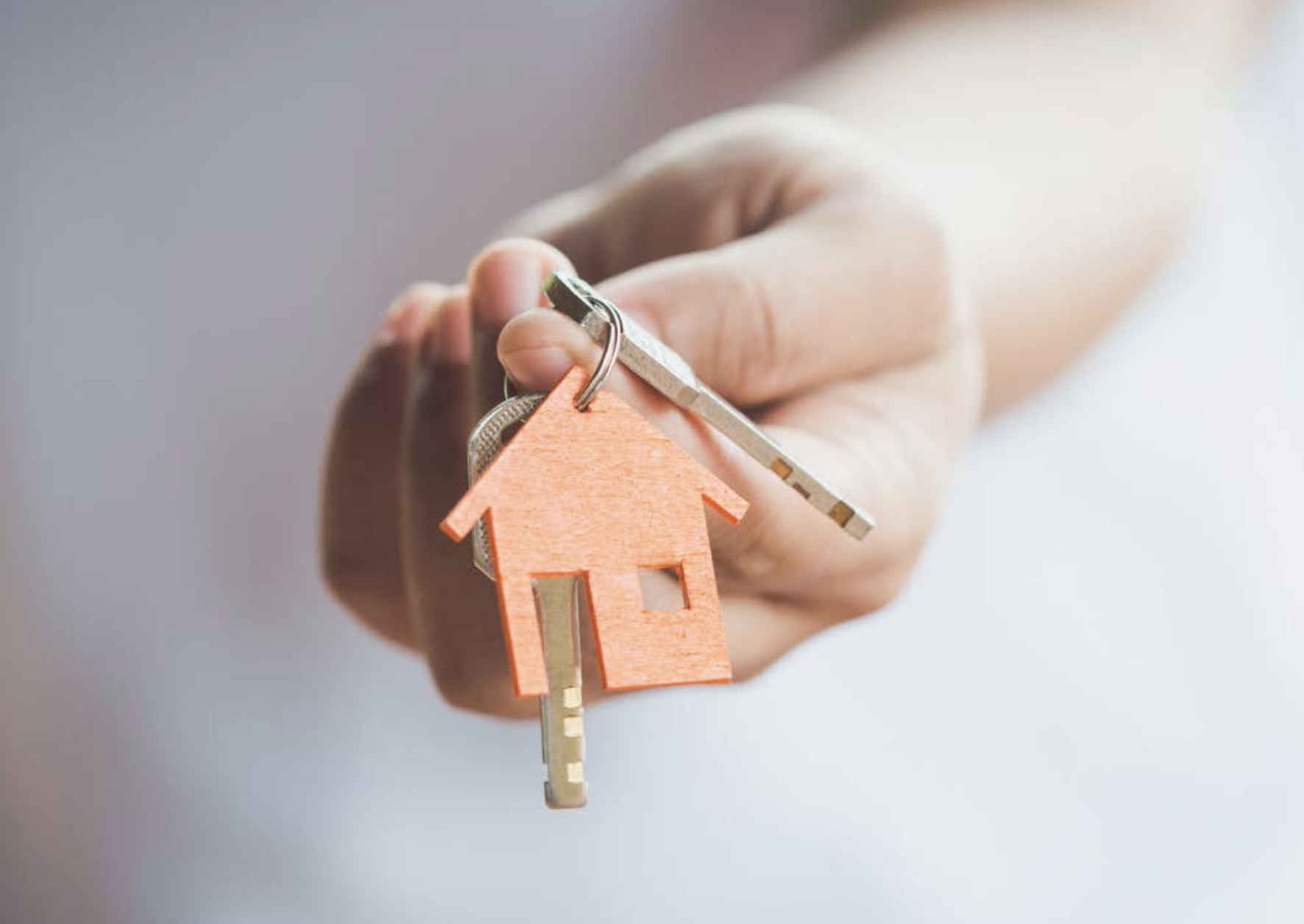Introduction
The Emergency Rental Assistance (ERA) is a program run by the United States Treasury Dept, aimed at helping keep families in their homes even during times of financial scarcity. The ERA has in total supplied communities with $46 billion is financial aid to back housing stability during the Covid crisis, when many were out of work and unable to make rent.
Cumulatively, the project has made an estimated 10 million payouts to people facing eviction, and the data has shown that this resource has been a crucial support aid to low income citizens and communities of color in particular. The Treasury Department estimates that millions of families have been saved from eviction notices thanks to this program. [1]
What Can Emergency Rental Assistance Cover?
It may sound like this program applies strictly to rent costs, but it actually goes farther than that. Yes, the ERA can go toward your monthly rent payment, but you can also put it to use in paying for your utilities and home energy costs. And if you’ve incurred any late fees associated with missed rent or utilities payments, your ERA assistance can be put toward that, as well. [2]
Other services you can reasonably expect to pay for with Emergency Rental Assistance are internet and moving costs like apartment application fees and security deposits. You may even find that housing counseling, social services case management, and legal fees related to housing will be covered by the ERA, depending on your state. These housing stability services are there to be broad reaching and provide you with the help you need.
Who The ERA Applies To
It might sound like this program is only for those who are unable to pay their rent, but that is not the case. The Emergency Rental Assistance program does not require that you actually be already behind on your payments for you to take part.
These funds can be used for upcoming rental payments that you feel unequipped to pay as well; however please note, the funds must first be used to pay off any unpaid rental debt you already have before going toward future rent. [3]
What About Staying In a Hotel?
You might be surprised to learn that these funds can also be put toward a stay at a hotel or motel for you and/or your family. The ERA understands that needs can change swiftly, and you may find yourself suddenly without anywhere to safely sleep for the night. If this is the case, you may be able to use your ERA payments for a hotel stay. This will apply if you have been forced out of your home and have nowhere else to go; if you can provide evidence of your hotel stay in the form of a bill; and if your local program permits this.
How Much Financial Aid Can I Expect?
The amount of funds you can expect to receive is fluid—it depends on your individual state and cost of living in your area. The good news is, this program was designed to help out renters in the long run, not just act as a short term fix. If you are participating, you can receive rental payment assistance for up to 18 months, an entire year and a half. This is designed with an eye for really helping citizens get back on their feet during hard times.
How to Know If I Am Eligible?
In order to be eligible for help paying your rent, it is important that you first be in an agreement with a landlord to pay a lease on an apartment, mobile home or house. The agreement does not necessarily have to be a legally binding, signed contract, however.
The following must also be true:
- One member of your household must have qualified for unemployment, have lost income, is owing large debt, or has some other financial trouble.
- Your cumulative household income must fall below a certain threshold, which is determined by the state that you live in.
- At least one member of the household must be facing housing trouble—they are on the brink of having nowhere to live unless someone intervenes.
How Do I Show Proof of This?
So now you know who is eligible for rental assistance, but how do you prove that this applies to you? When you fill out your application for assistance you will be asked to show evidence that your income falls below the state threshold and that you are facing housing instability. Landlords can also apply for this assistance on behalf of their renter, and must show proof that their property is a qualifying residence for this program.
Part of the application process includes signing a written statement verifying that everything you’ve submitted is truthful and accurate, and that you will indeed use the provided funds to cover your housing expenses.
Proof of low income varies, it could include unemployment benefits paperwork, pay stubs or tax documents, or a letter from your employer. If you are not receiving income at all, you may be permitted to submit a written document outlining the financial hardships you have been facing.
The Funding Behind It All
This program has been made possible thanks to an enormous outreach program by the US Treasury, which contributed an estimated $21.6 billion. [4]
What Are Some Other Concerns?
Housing needs are wide and varied, and the government recognizes that renting a place of residence is not a one size fits all situation. If your personal lodgings aren’t outlined above, that doesn’t mean there’s no resources for you. Your local program should have plans in place for a variety of rental issues, from living in a houseboat to rent-to-own agreements to Tribal members living on non-Tribal lands, or a non-Tribal member living on Tribal lands.
The important thing to know is that help is there; reach out to your local program to find out how you can receive aid for your own individual situation. It’s likely that there is already a protocol in place.
How to Learn More Online
If you’re looking for emergency rental assistance, renters and landlords can learn more about what this program covers, who is eligible, and how it fully works by visiting the interagency housing portal, which is hosted by the Consumer Financial Protection Bureau, at www.consumerfinance.gov
Sources
- [1] Emergency Rental Assistance Program | U.S. Department of the Treasury
- [2] Emergency Rental Assistance — NCSHA
- [3] Get help paying rent and bills | Consumer Financial Protection Bureau (consumerfinance.gov)
- [4] RFA-ARP-One-Pager_Housing.pdf (results4america.org)
Introduction
The Emergency Rental Assistance (ERA) is a program run by the United States Treasury Dept, aimed at helping keep families in their homes even during times of financial scarcity. The ERA has in total supplied communities with $46 billion is financial aid to back housing stability during the Covid crisis, when many were out of work and unable to make rent.
Cumulatively, the project has made an estimated 10 million payouts to people facing eviction, and the data has shown that this resource has been a crucial support aid to low income citizens and communities of color in particular. The Treasury Department estimates that millions of families have been saved from eviction notices thanks to this program. [1]
What Can Emergency Rental Assistance Cover?
It may sound like this program applies strictly to rent costs, but it actually goes farther than that. Yes, the ERA can go toward your monthly rent payment, but you can also put it to use in paying for your utilities and home energy costs. And if you’ve incurred any late fees associated with missed rent or utilities payments, your ERA assistance can be put toward that, as well. [2]
Other services you can reasonably expect to pay for with Emergency Rental Assistance are internet and moving costs like apartment application fees and security deposits. You may even find that housing counseling, social services case management, and legal fees related to housing will be covered by the ERA, depending on your state. These housing stability services are there to be broad reaching and provide you with the help you need.
Who The ERA Applies To
It might sound like this program is only for those who are unable to pay their rent, but that is not the case. The Emergency Rental Assistance program does not require that you actually be already behind on your payments for you to take part.
These funds can be used for upcoming rental payments that you feel unequipped to pay as well; however please note, the funds must first be used to pay off any unpaid rental debt you already have before going toward future rent. [3]
What About Staying In a Hotel?
You might be surprised to learn that these funds can also be put toward a stay at a hotel or motel for you and/or your family. The ERA understands that needs can change swiftly, and you may find yourself suddenly without anywhere to safely sleep for the night. If this is the case, you may be able to use your ERA payments for a hotel stay. This will apply if you have been forced out of your home and have nowhere else to go; if you can provide evidence of your hotel stay in the form of a bill; and if your local program permits this.
How Much Financial Aid Can I Expect?
The amount of funds you can expect to receive is fluid—it depends on your individual state and cost of living in your area. The good news is, this program was designed to help out renters in the long run, not just act as a short term fix. If you are participating, you can receive rental payment assistance for up to 18 months, an entire year and a half. This is designed with an eye for really helping citizens get back on their feet during hard times.
How to Know If I Am Eligible?
In order to be eligible for help paying your rent, it is important that you first be in an agreement with a landlord to pay a lease on an apartment, mobile home or house. The agreement does not necessarily have to be a legally binding, signed contract, however.
The following must also be true:
- One member of your household must have qualified for unemployment, have lost income, is owing large debt, or has some other financial trouble.
- Your cumulative household income must fall below a certain threshold, which is determined by the state that you live in.
- At least one member of the household must be facing housing trouble—they are on the brink of having nowhere to live unless someone intervenes.
How Do I Show Proof of This?
So now you know who is eligible for rental assistance, but how do you prove that this applies to you? When you fill out your application for assistance you will be asked to show evidence that your income falls below the state threshold and that you are facing housing instability. Landlords can also apply for this assistance on behalf of their renter, and must show proof that their property is a qualifying residence for this program.
Part of the application process includes signing a written statement verifying that everything you’ve submitted is truthful and accurate, and that you will indeed use the provided funds to cover your housing expenses.
Proof of low income varies, it could include unemployment benefits paperwork, pay stubs or tax documents, or a letter from your employer. If you are not receiving income at all, you may be permitted to submit a written document outlining the financial hardships you have been facing.
The Funding Behind It All
This program has been made possible thanks to an enormous outreach program by the US Treasury, which contributed an estimated $21.6 billion. [4]
What Are Some Other Concerns?
Housing needs are wide and varied, and the government recognizes that renting a place of residence is not a one size fits all situation. If your personal lodgings aren’t outlined above, that doesn’t mean there’s no resources for you. Your local program should have plans in place for a variety of rental issues, from living in a houseboat to rent-to-own agreements to Tribal members living on non-Tribal lands, or a non-Tribal member living on Tribal lands.
The important thing to know is that help is there; reach out to your local program to find out how you can receive aid for your own individual situation. It’s likely that there is already a protocol in place.
How to Learn More Online
If you’re looking for emergency rental assistance, renters and landlords can learn more about what this program covers, who is eligible, and how it fully works by visiting the interagency housing portal, which is hosted by the Consumer Financial Protection Bureau, at www.consumerfinance.gov
Sources
- [1] Emergency Rental Assistance Program | U.S. Department of the Treasury
- [2] Emergency Rental Assistance — NCSHA
- [3] Get help paying rent and bills | Consumer Financial Protection Bureau (consumerfinance.gov)
- [4] RFA-ARP-One-Pager_Housing.pdf (results4america.org)



